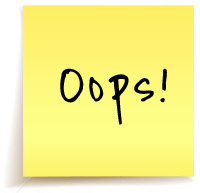 Encouraging literacy at home
Encouraging literacy at homeHomes are ideal places for children to learn about how we use reading and writing to get things done but also for pleasure. Use these simple ideas to help turn your home into a literacy-learning hub!
1. If you want your children to become literate, they need to see you using reading and writing in different ways in your daily life. You need to be their reading and writing role model!
2. Read to your children regularly. Through this simple activity they learn how we read and how books work. And, hearing new words in stories also helps develop their vocabulary.
3. Visit the library together often. Spending unhurried time looking at lots of books helps your children work out which books and authors they enjoy most.
4. For children to learn to read and write, they need reading and writing materials around them in easy-to-reach places. Make sure that in your home there are plenty of books that interest them as well as a good supply of paper, pencils, crayons and kokis to write and draw with.
5. Use a recipe to bake or cook with your children. Start by reading the list of ingredients together, then let your children help gather the things you need. (As they do this, they learn that the words on labels ‘name’ what is inside.) Read and follow each of the steps in the recipe together.
6. Put a shopping list on the fridge and add to it as you need to. Suggest your children write up things they need too. Then take the list with you when you go shopping and let your child tick off the items as you put them in the shopping trolley!
7. Encourage your children to write reminder notes or to-do lists to help organise themselves – in this way they are writing the list or note and then reading it later!
8. Declare one supper time a week a ‘storytelling supper session’. Retell your children stories that you know or make up your own new ones!


 Oops! We can’t find the article you are looking for. Please try a different Subject, Grade or Title.
Oops! We can’t find the article you are looking for. Please try a different Subject, Grade or Title.